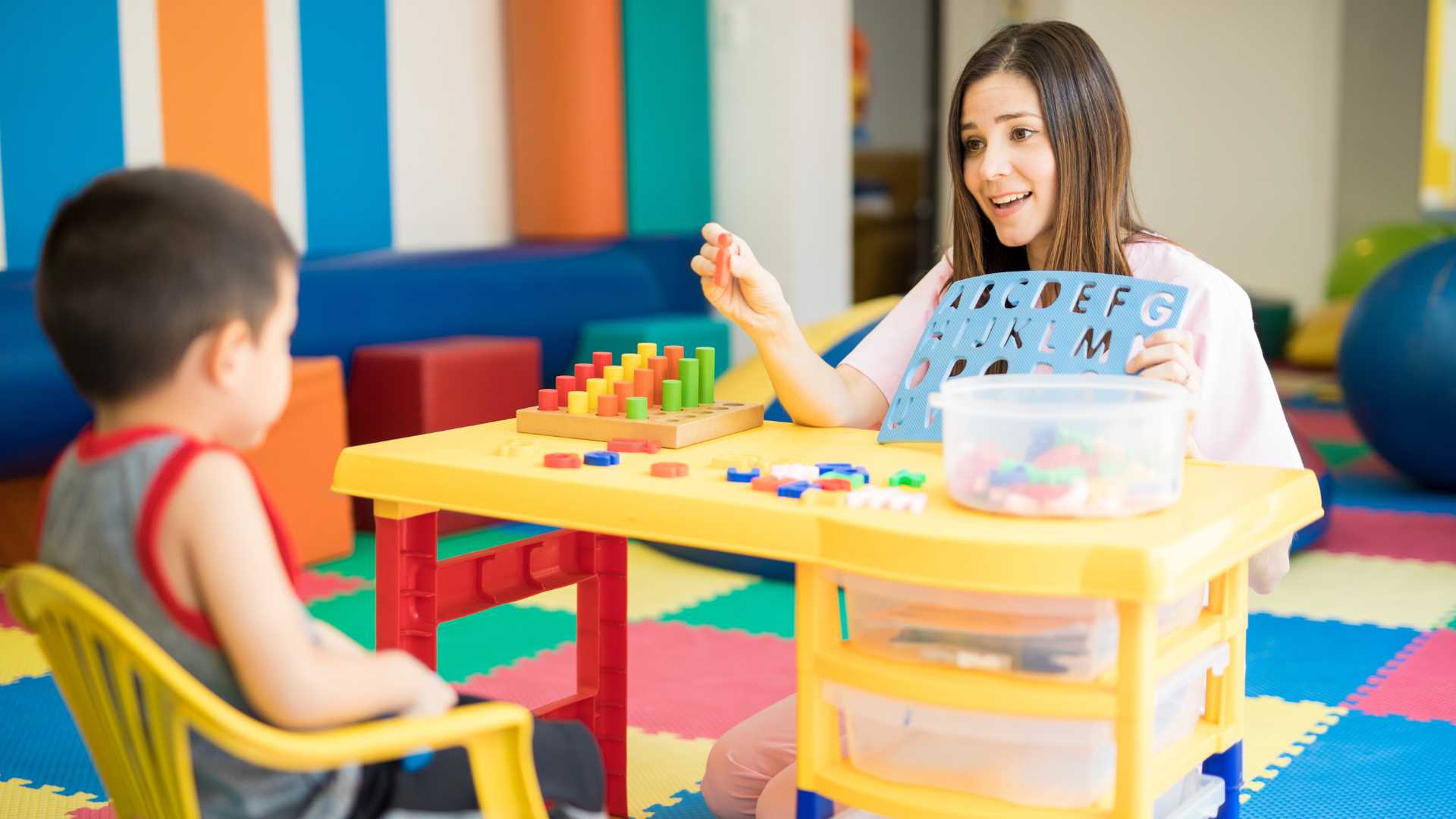Table of Contents
What does a Registered Behavior Technician do?
If you’ve ever considered Applied Behavior Analysis (ABA therapy) to support the development of children or individuals with autism, you’ve probably come across the term Registered Behavior Technician (RBT).
ABA therapy involves two essential professionals: the RBT and the Board Certified Behavior Analyst (BCBA). These two professionals ensure that the therapeutic plans are effective and of the highest quality to ensure the learning and development of individuals with autism.
So, what does a Registered Behavior Technician do? These professionals help to improve the quality of people’s lives by supporting the implementation of ABA therapy. RBTs play a pivotal role in behavioral intervention programs and are, in many cases, the bridge between families and the professionals designing the therapies.
Imagine being part of the day-to-day development of a child learning to communicate, play, or express emotions more effectively. As an RBT, your work focuses on those small but significant advances. It’s not just about following a program; it’s about building relationships, understanding individual needs, and providing ongoing support.
In this ABA Centers of Rhode Island blog, we’ll explain everything from the responsibilities and skills needed to how to work with families and developmental professionals as an RBT.
1. What is a Registered Behavioral Technician?
A Registered Behavior Technician is a professional trained and certified to work directly with clients who require ABA therapy. This role is essential in implementing strategies that help improve behaviors, develop skills, and reduce challenging behaviors. Although they work under the supervision of a BCBA, RBTs interact most closely with clients and their families.

It is essential to understand what BCBAs do in order to understand the role of the RBT. The BCBA is the professional in charge of designing the therapeutic plan and leading the therapy team. The behavioral technician then executes the ABA therapy sessions.
ABA therapy is a science-backed methodology that helps individuals with a diagnosis of autism reach developmental milestones that allow them to become more independent and improve their quality of life.
This methodology focuses on communication skills, social interaction, healthy behavior, and daily living skills. During the learning of these skills, RBTs work directly with clients and their families.
RBTs not only apply the techniques but also document progress and share crucial information with the therapy team, ensuring that the treatment plan remains effective and aligned with the client’s individual needs.
2. The Role of RBT in ABA Therapy

In ABA therapy, the role of RBT is to implement the customized programs that BCBA designs. For example, if a child needs to learn to ask for help instead of feeling overwhelmed, the RBT will guide the child step-by-step to achieve that goal. The technician accomplishes this goal through the application of ABA principles, such as positive reinforcement, identification of behavioral triggers, and teaching replacement skills.
In addition, the RBT’s responsibilities include building a collaborative bridge with families to ensure that they apply the skills the child has learned in therapy every day and in various settings. The RBT promotes communication and cooperation with the family to avoid frustration.
RBTs also play a key role in observing and recording data. This data is critical in assessing whether the plan is working or if it requires adjustments.
3. The RBT’s Responsibilities
The responsibilities of the Registered Behavior Technician include:
- Implementing behavioral intervention programs
- Collecting and recording accurate data on client progress
- Assist in teaching social, communication, and adaptive skills
- Monitor and guide client participation in daily activities
- Collaborate with the team of therapists and family to ensure continuity of treatment.
4. Working as an RBT: Collaborative Efforts with Families and Professionals
An RBT’s work goes beyond the client. Collaborating with families is a crucial part of their work. This collaboration means offering strategies for parents to manage behaviors at home, answering questions, and maintaining open communication. In addition, RBTs collaborate with other developmental professionals to ensure a comprehensive approach.
An example is coordinating with a speech therapist to reinforce communication skills during an ABA session. These collaborative efforts ensure that everyone involved is working toward the same goals.
5. Skills that Registered Behavior Technicians Need
To excel in this role, RBTs must have skills such as:
- Empathy and Patience: Working as an RBT with individuals with unique needs requires understanding and dedication. Additionally, the RBT is in direct contact with families and clients, making it essential that they are kind, understanding, and patient to lead sessions and meet the ethical requirements of the ABA principles.
- Observational Skills: RBTs must identify patterns of behavior and record accurate data during sessions. In order to identify relevant information, RBTs need to have strong observational skills and attention to detail.
- Communication Skills: To work with clients and collaborate with families and professionals, RBTs must have practical communication skills to share progress, adjustments, changes, and information that arise during ABA therapy sessions.
- Adaptability: Each client is unique, and strategies may need constant adjustment. RBTs should tailor therapy sessions to the specific needs of the individual, be flexible, and adapt approaches according to each client’s preferences, motivations, personality, and characteristics. Adaptability involves the ability to anticipate and address the challenges of each therapy session.
- Organizational Skills: The RBT’s responsibilities include preparing materials to support sessions, observing behavior, collecting and analyzing data, and adhering rigorously to the methodology established by the BCBA. To carry out daily responsibilities efficiently, the RBT must have organizational skills.

6. Requirements for Becoming a Registered Behavior Technician
Becoming a Registered Behavior Technician involves meeting several requirements:
- Complete a 40-hour training course at ABA with a specialized training program for Registered Behavior Technicians.
- Passing a certification exam proctored by the BACB (Behavior Analyst Certification Board).
- Perform background checks.
- Receive ongoing supervision by a BCBA and certify practical experience.

The requirements for becoming an RBT are fundamental to ensure that these therapists are available to implement high-quality therapies.
Learn More About ABA Therapy with ABA Centers of Rhode Island
The Registered Behavior Technician is a key player in the world of ABA therapy. From implementing strategies to collaborating with families and professionals, their impact on clients’ lives is undeniable.
At ABA Centers of Rhode Island, we understand that in the world of autism care, many questions can arise, and we are here to help you answer them! Whether it’s concerns about insurance coverage, how ABA therapy works, or our professionals, we are here to walk you through the process. Call us at (855) 922-4184 or connect with us online!








